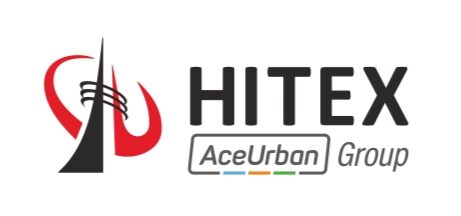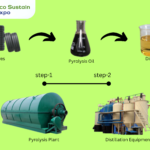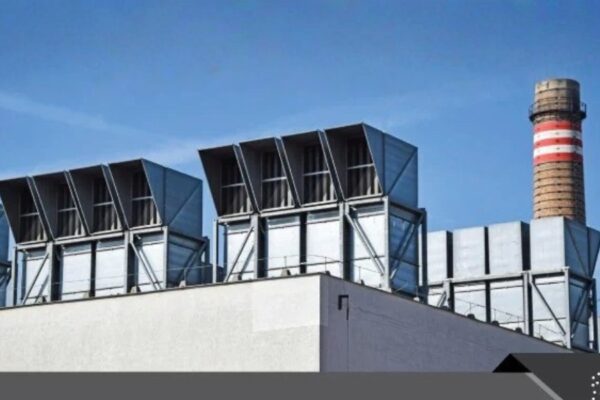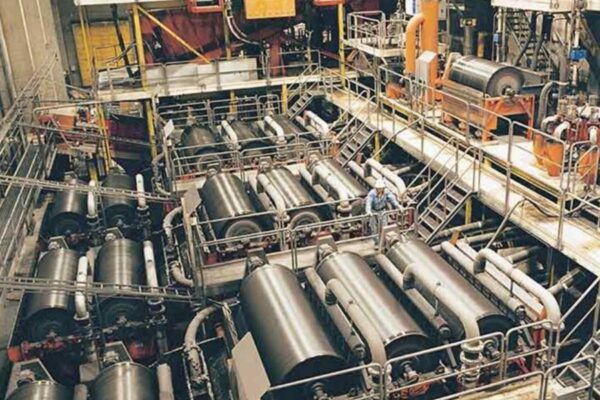Choosing the Right E-Waste Recycling Plant to Maximize ROI
The rapid growth of urbanization, technological advancements, and shifting consumer behaviors have significantly increased the volume of discarded electronic devices. As these products reach the end of their lifecycle or become outdated, they contribute to the expanding global e-waste stream. Today, India ranks as the third-largest generator of e-waste worldwide, following China and the United States, producing approximately 3.8 million metric tonnes (MMT) in FY24; a staggering 100% increase over the past decade, valued at over $6 billion.
Effective e-waste management is essential not only for addressing environmental challenges but also for capturing economic opportunities through material recovery. For businesses in this sector, selecting the right e-waste shredder and recycling plant is critical to maximizing return on investment (ROI) by extracting valuable materials, minimizing operational costs, and adhering to environmentally responsible practices.
This article highlights the key factors to consider when choosing an e-waste recycling plant, including technical specifications, regulatory compliance, and strategic insights for optimizing your facility’s efficiency in line with India’s E-Waste (Management) Rules, 2022.
Understanding E-Waste and Its Composition
E-waste includes discarded electrical and electronic equipment (EEE) such as information technology and telecommunication equipment, consumer electronics, photovoltaic panels, medical devices, and components from manufacturing or refurbishment processes. Properly managing this waste involves recovering economically valuable materials like plastics, iron, glass, aluminum, copper, and precious metals (e.g., gold, silver, platinum, palladium, and indium), along with rare earth elements like lanthanum and neodymium. At the same time, it’s crucial to mitigate the risks posed by hazardous substances, including lead, cadmium, mercury, hexavalent chromium, and brominated flame retardants.
Key Considerations for Selecting an E-Waste Shredder Machine
1. Regulatory Compliance and Standards Adherence
Before investing in e-waste recycling equipment, ensure your operations fully comply with the E-Waste (Management) Rules, 2022. This regulatory framework governs the handling of e-waste in India, emphasizing the safe management of hazardous materials. Acquiring equipment that adheres to Reduction of Hazardous Substances (RoHS) standards is crucial to ensure that harmful substances are responsibly managed. Additionally, all stakeholders, including producers, recyclers, and manufacturers, must be registered on the E-Waste EPR Portal to maintain legal compliance and avoid penalties or operational disruptions.
2. Type of E-Waste and Material Composition
Choosing the right shredder depends heavily on understanding the complexity of the e-waste stream. E-waste is a diverse mixture of materials, including valuable and hazardous components like printed circuit boards (PCBs) and printed wiring boards (PWBs), which contain metals, plastics, and potentially toxic substances. The shredder must effectively handle this mix, accounting for variations in material hardness, density, and the need to liberate target materials from composite structures.
3. Capacity and Throughput Optimization
The shredder’s capacity and throughput are critical to the overall efficiency of your recycling plant. Capacity refers to the amount of material the shredder can process, while throughput measures the mass processed per unit of time. Properly matching these parameters to your input volume prevents bottlenecks and ensures a continuous flow of materials, enhancing operational efficiency. Advanced features like automated feed systems, real-time monitoring, and efficient material conveyance can further optimize throughput.
4. Shredding Technology and Particle Size Control
Different shredding technologies offer unique benefits depending on your processing requirements:
- Shear Shredders: Ideal for cutting bulky items and reducing dust generation.
- Hammer Mills: Effective for breaking down materials and liberating embedded components.
- Granulators: Provide fine particle size reduction for precise separation processes.
The choice of shredding technology directly influences particle size distribution, which impacts the effectiveness of downstream separation techniques like magnetic, eddy current, and density separation.
5. Material Recovery Efficiency and Purity
The primary goal of an e-waste recycling facility is to maximize the recovery of valuable materials. High recovery efficiency means capturing the maximum amount of target materials, while high purity minimizes cross-contamination, ensuring the output is ready for further processing or resale. Advanced shredding systems with optimized cutting geometries and controlled shredding parameters can significantly enhance material recovery rates.
6. Safety Protocols and Environmental Safeguards
Given the hazardous nature of e-waste, shredders must incorporate robust safety features. This includes enclosed systems, dust suppression, filtration systems, noise reduction, and emergency shutdown mechanisms to protect workers and the environment. Strict adherence to the E-Waste (Management) Rules, 2022, ensures compliance and minimizes the risk of regulatory violations.
7. Durability, Maintenance, and Lifecycle Cost
E-waste processing is demanding, requiring robust machinery to withstand continuous use. Shredders built with wear-resistant materials and heavy-duty components reduce downtime and maintenance costs. Modular designs further simplify maintenance and part replacement, contributing to a lower total lifecycle cost. It’s essential to consider not just the upfront investment but also ongoing expenses like energy consumption, maintenance, and spare parts when calculating ROI.
As you venture into setting up or optimizing your e-waste recycling facility, it’s essential to partner with a reliable and efficient solution that meets your needs and regulatory requirements. Fornnax E-Waste Recycling Plant is designed to handle the complexities of e-waste management while ensuring environmentally responsible practices and maximizing your return on investment.
Meet the FORNNAX team at the 2nd Edition of the Eco Sustain Expo – Exhibition & Conference on Solid Waste Management, Bio Energy, Effluent Treatment, Air Pollution, and Recycling, scheduled from 22nd to 24th August 2025 at HITEX, Hyderabad.
📍 Stall No: A15, Hall: 4C – Discover the future of recycling, built for tomorrow’s challenges.
Author







